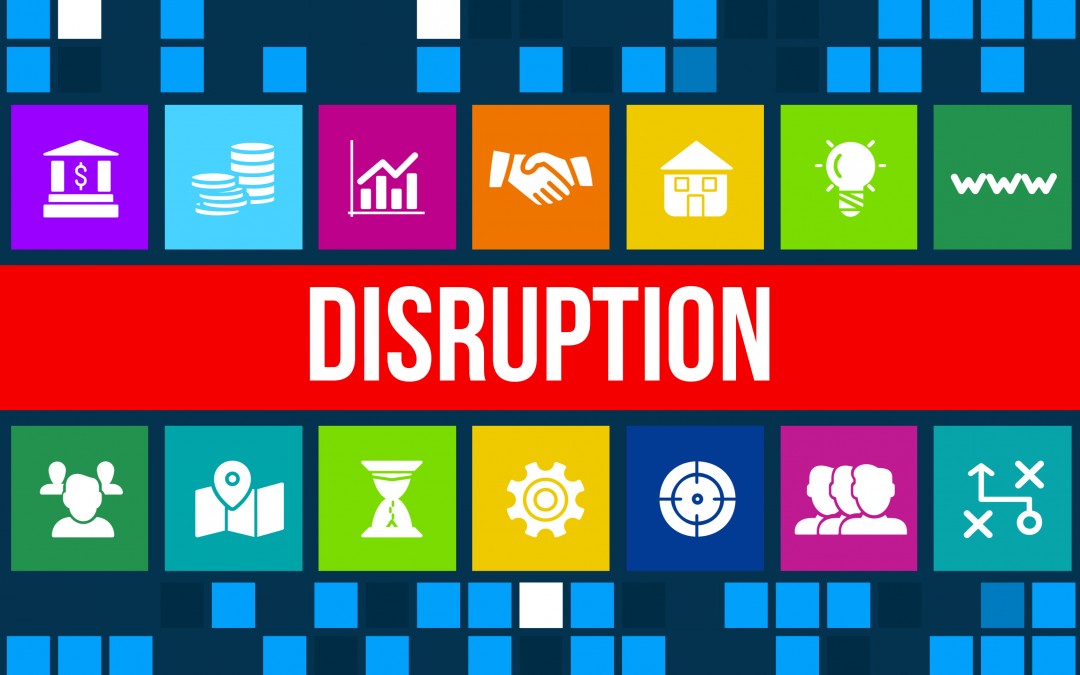2016 welcomes tremendous growth is telemedicine and digital health. The healthcare industry will see a 21% increase in IT jobs by 2020, according to University of Chicago Research. Statistics show that by 2015 the mobile health market is expected to reach 24.2 billion U.S. dollars worldwide. The digital health market is expected to reach 233.3 billion I.S. dollars by 202 driven by the mobile health market. (Statistic). As the aging Baby Boomer population requires more health care and support, devices than can monitor their health and safety are garnering attention and important investment capital.
At CES 2015, wearable fitness tracker continue to be very popular. Some examples include smart hearing aids that help people with hearing difficulties have an easier time in noisy, crowded room.
Point solutions have paved the way for more longitudinal care efforts with proven outcomes with defensible business models. A move to provide care out into the community and into the patient’s hands in underway. This push toward care outside the hospital walls will necessitate strong IT systems that are reliable, secure and private.
Medical apps must engage providers and patients correctly by aligning their functionality and user experience with what consumers expect and need. Patient satisfaction is an important metric that is measured and monitored in the evaluation of health systems. Hospitals need to focus on the provision of safe and quality care in addition to designing and building experiences and partner with digital heath companies.
There remains substantial barriers to the achievement of digital strategies achieving patient outcomes. As healthcare enterprises tackle issues like population health management and outcomes-based payments they should partner with both private and public business partners. Clinician input is important to navigate efforts to remain relevant for adoption.
I look forward to the purposeful advancement of technology to deliver improved clinical outcomes. Responding rapidly to industry disruption is difficult. The opportunities are many. Informed, clear strategic choices with strong leadership and communication are necessary to ensure organizational changes are made.
Brenda Hopkins RN, MBA


Recent Comments